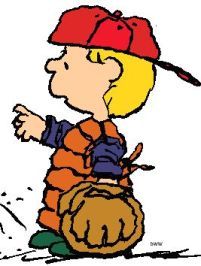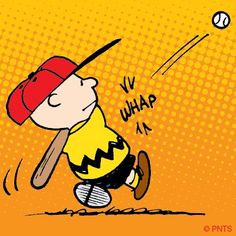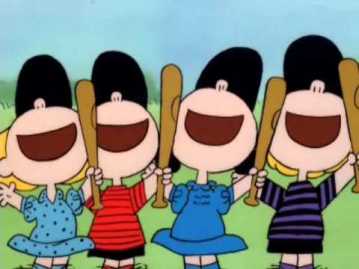I was having dinner with my husband’s cousins this weekend and the topic turned to my writing. “So, what are you working on?” I went on to describe a couple of my stories which are ‘out there’ waiting for representation and the new work I’m doing on the CYBILS Easy Reader and Early Chapter Book panel. The latter was met with cocked heads and furrowed brows. It wasn’t the Award that was confusing, it was the difference between Easy Readers and Early Chapter Books.

It’s actually a look I’m quite familiar with; many of the parents of my second graders had the same look when I introduced them to the genres past picture books. Most of these parents, and I believe the general public, think there is one giant step their children make from picture books (which them deem as ‘too easy’ for their kiddos) to chapter books (which they erroneously believe their budding geniuses should be reading). I can’t tell you how many parents want their kids graduating from Dr. Seuss to Harry Potter in one fell swoop. And, as the gate-keeper to the class library, I should be the one to put these books in their hands. But I digress…
So, back to the confusion between the levels of children’s literature. Although someone else may have more or fewer, depending on how they organize their thinking, I’d like to discuss seven stages of children’s literature which correspond to children’s levels of reading development. These are categories which can be identified in most libraries and bookstores and are agreed upon terms by the kid lit community. Now, the tricky thing to remember about readers is that no one is totally in one category or another. Children often flow between two or three categories at a time, and should be encouraged to do so.
What I’ve done here to help ‘outsiders’ understand the differences, is to give an example of how the writing changes for each category. Beginning with a story told completely with illustrations and ending with a story told with no illustrations, topics of increasing maturity are presented to the reader.
1. Wordless: No text. (full illustrations)
2. Near Wordless: Duck. Worm. (full illustration)
3. Picture Book: Duck and Worm are friends. (full illustration)
4. Easy Reader: This is Duck. This is Worm. Duck and Worm are best friends. Duck likes to fish. Worm likes to draw. Worm drew a picture of Duck. “You are a great artist, Worm,” said Duck. (some illustration)
5. Early Chapter Book: “Hey, Worm,” Mallard called to his little brother, Wesley. Mallard picked up his rod and reel. “Shake a leg. We need to leave now if we want fish for dinner tonight.” Wesley yawned and threw his covers back. “I’m coming,” he said. (fewer illustrations)
6. Middle Grade: Mallard and Wesley marched into Coach Goliath’s office after football practice. Middle School is hard enough without having to deal with the social hierarchy forced upon them by the likes of the knuckleheads on the gridiron. It’s about time someone stood up for the rights of the little guy. And, with Mallard at his side, Wesley felt taller than his 4 foot 9 inches. (illustrated sporadically)
7. Young Adult: It’s unnatural. At least that’s what the demonstrators outside Oak Park City Hall claimed. Wesley shrank away from the chanting crowd. If anyone saw him, there would surely be a lynching tonight. Oak Park’s old guard wasn’t ready for high school prom queen like Wesley. And he wasn’t ready to provide them with one either. He clutched his carry-on bag in one hand and his ticket in the other. He darted toward Mallard’s waiting car at the edge of the parking lot. (text carries the story)
As you can see, the main differences in the levels are in the subject matter, vocabulary, sentence structure, and dependence on illustrations. Each one has a unique function and fills a need in children’s literature. Do not be tempted to rush a child you know through the levels. Take time. Savor the stories. Allow children to become confident, fluent readers who read for enjoyment… not to reach the next landmark… and you will have a happy, life-long reader.

Tags: Children's literature, kid lit, writing
 Was your winter writing as depressing as mine? ACK!
Was your winter writing as depressing as mine? ACK! Spring Training is upon us and I’m going to be ready for the big game!
Spring Training is upon us and I’m going to be ready for the big game!













